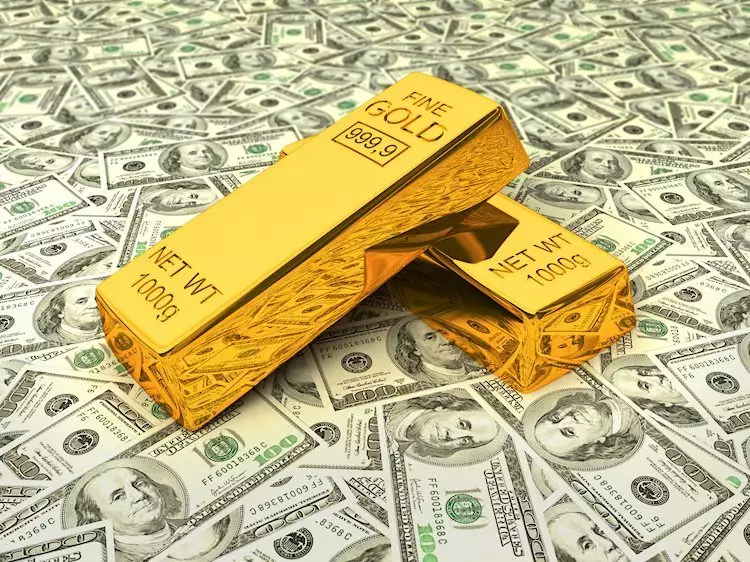As hostilities flare up in the Middle East, gold prices are experiencing a significant surge. This precious metal has long been seen as a safe haven asset in times of turmoil, drawing investors seeking stability amidst chaos. The current climate, marked by geopolitical uncertainties, only enhances gold’s appeal, particularly for investors who remain cautious as tensions escalate in this historically volatile region. Beyond this immediate strife, the broader context of fiscal unpredictability in the United States, especially leading into the upcoming election, has further piqued interest in gold. With polls indicating a neck-and-neck race between prominent candidates, investors are closely monitoring any indications that could impact market stability.
Key economic data coming out of the U.S. is also driving changes in the gold market. Recently released statistics on durable goods orders came in somewhat favorable, despite a minor contraction. A decline of 0.8% month-over-month in September fell short of forecasts predicting a steeper drop of 1%. These results, while not explosive, suggest a relatively stable U.S. manufacturing sector, thus instilling a sense of cautious optimism among investors. Moreover, consumer sentiment has outperformed expectations, further showcasing resilience in the economy during a time of uncertainty. With consumer inflation expectations slightly tempered, the economic landscape remains complex yet cautiously optimistic.
Interest Rates and Gold Metrics
Rising U.S. Treasury yields and a strengthening dollar pose challenges for gold as well. With the yield on the 10-year Treasury note inching up, there is a natural inclination for investors to gravitate towards fixed-income investments that may offer better returns compared to gold, which does not yield any interest. As the dollar strengthens—evidenced by a 0.29% uptick in the DXY index—gains in the price of gold may be capped. Despite these headwinds, gold is capitalizing on its historical position as a store of value amid economic fluctuations, consolidating its position around the $2,700 mark.
The technical landscape for gold suggests potential for growth, though it has faced resistance within a specific trading range of approximately $2,708 to $2,758. Current momentum indicators, such as the Relative Strength Index (RSI), indicate a bullish trend could be emerging if prices navigate above critical levels. Should gold penetrate the resistance at $2,750, the potential for an advance toward the year-to-date peak at $2,758—and ultimately towards $2,800—becomes tangible. Conversely, a breakdown below the recent low could lead to further declines, with Fibonacci retracement levels providing key areas of support to monitor.
As geopolitical tensions loom and economic data fluctuates, gold remains a focal point for investors navigating uncertain waters. The interplay of global events, U.S. economic indicators, and technical market factors will continue to shape the landscape in which gold operates, making its future a notable barometer of investor sentiment and market health.

